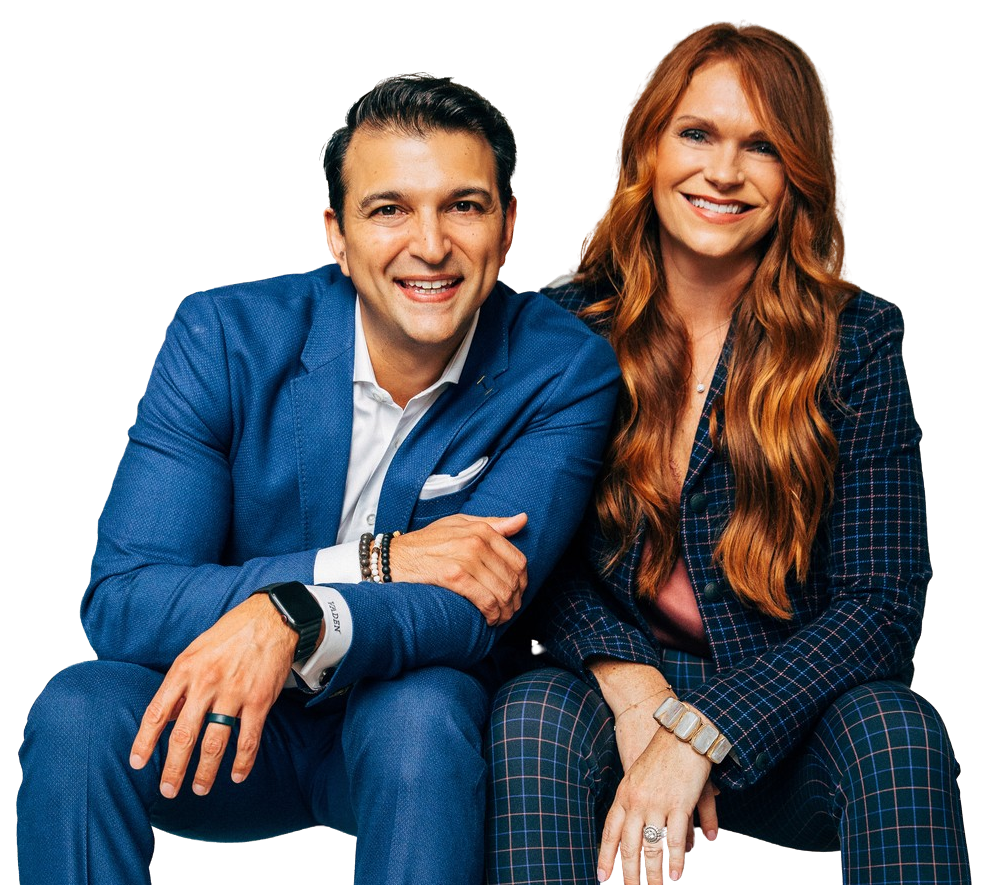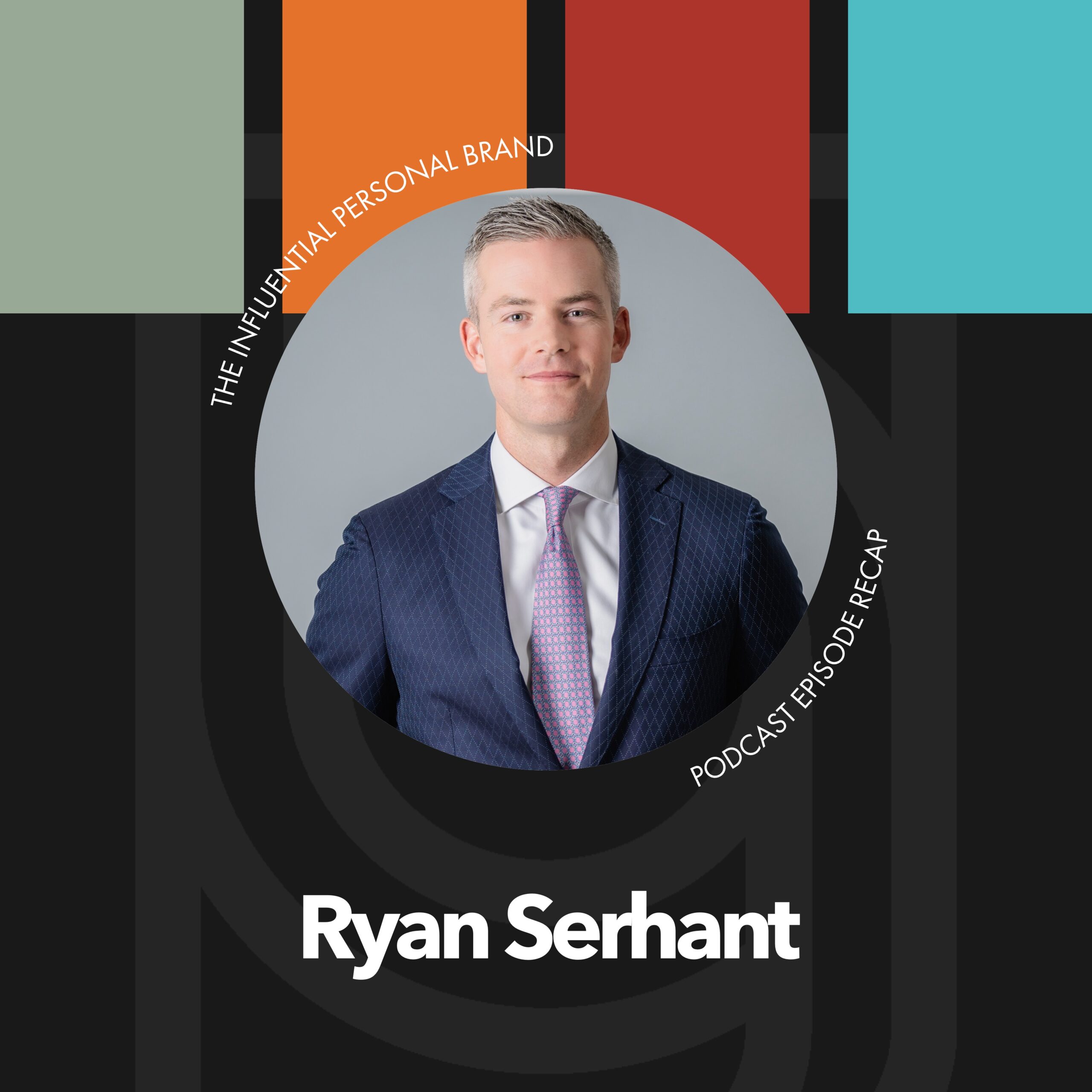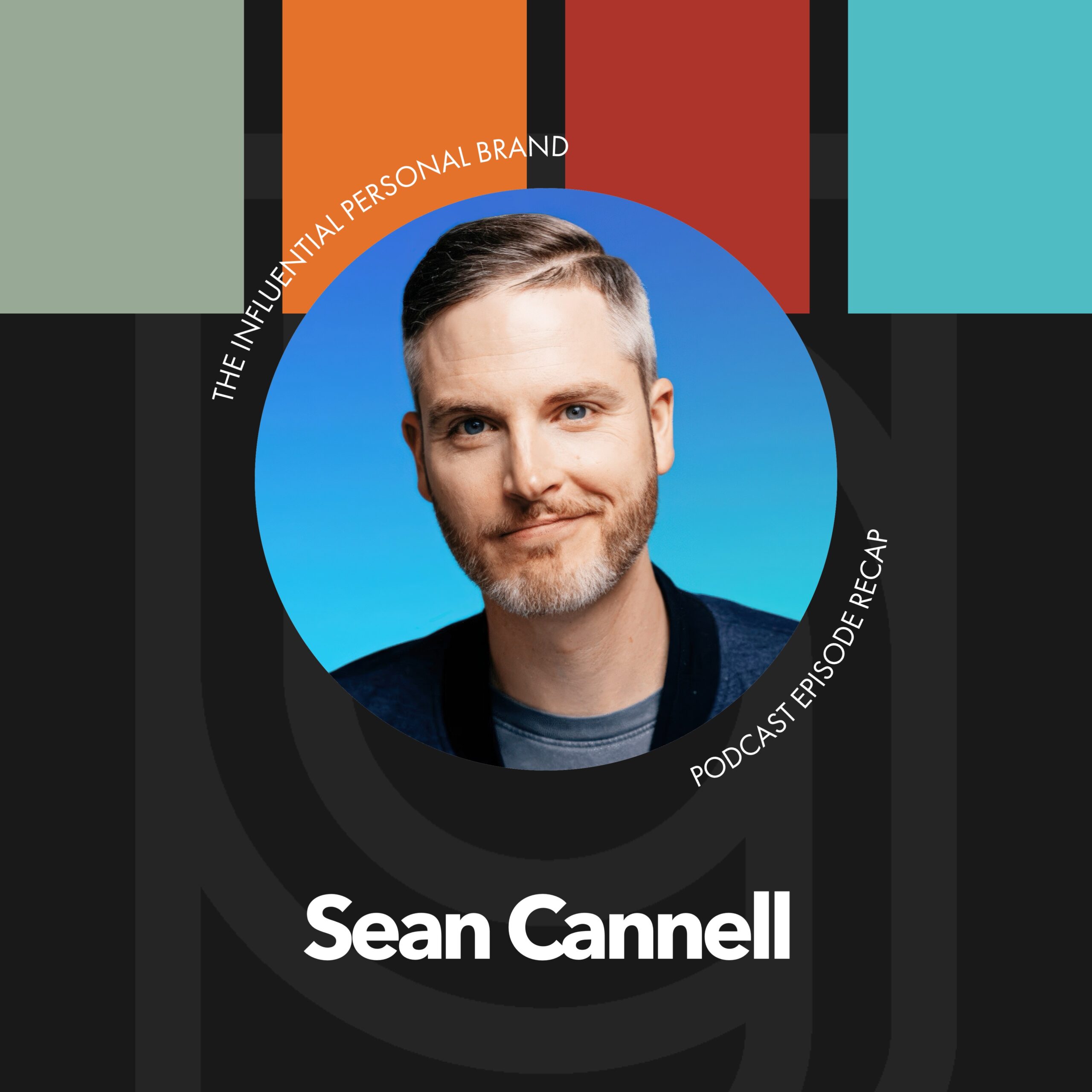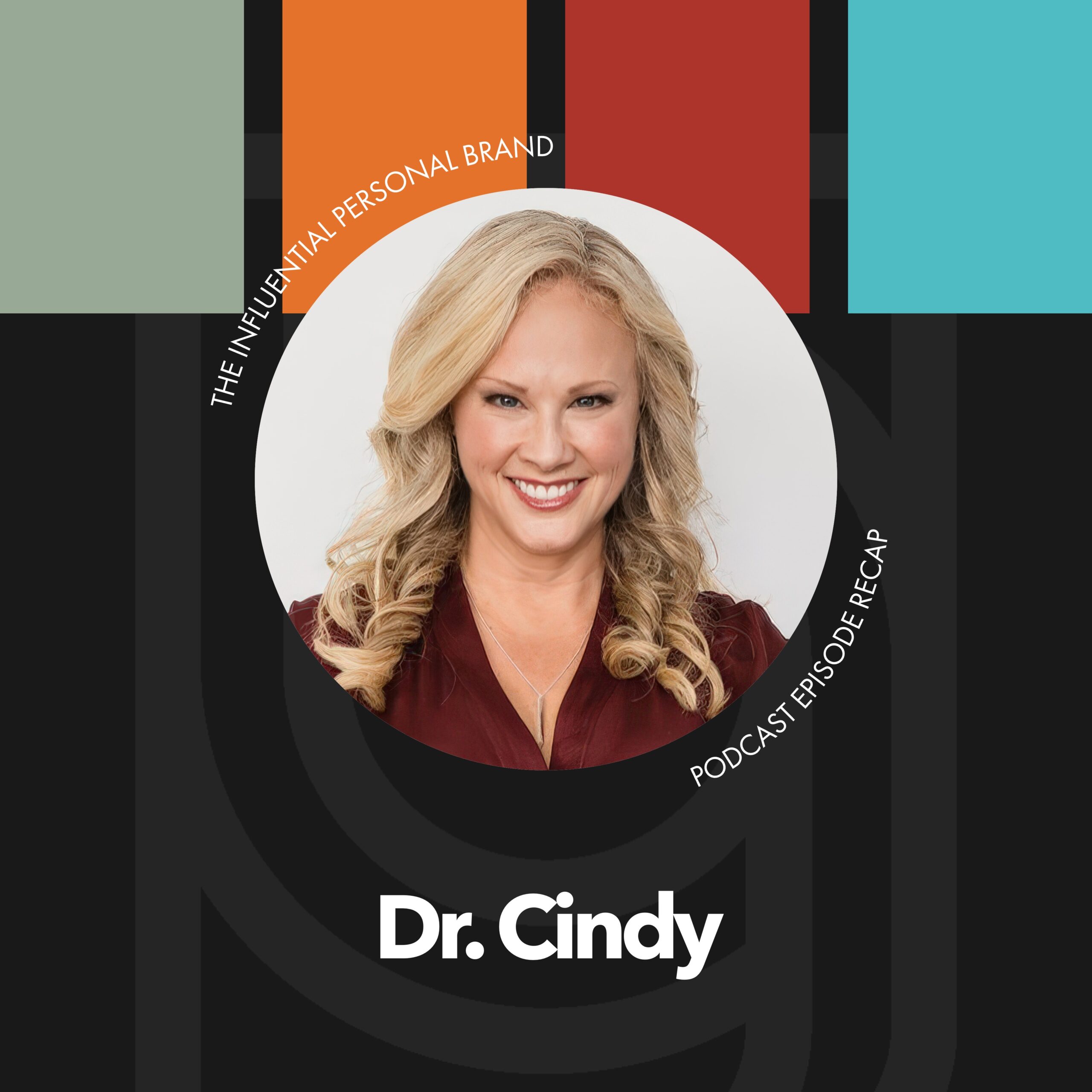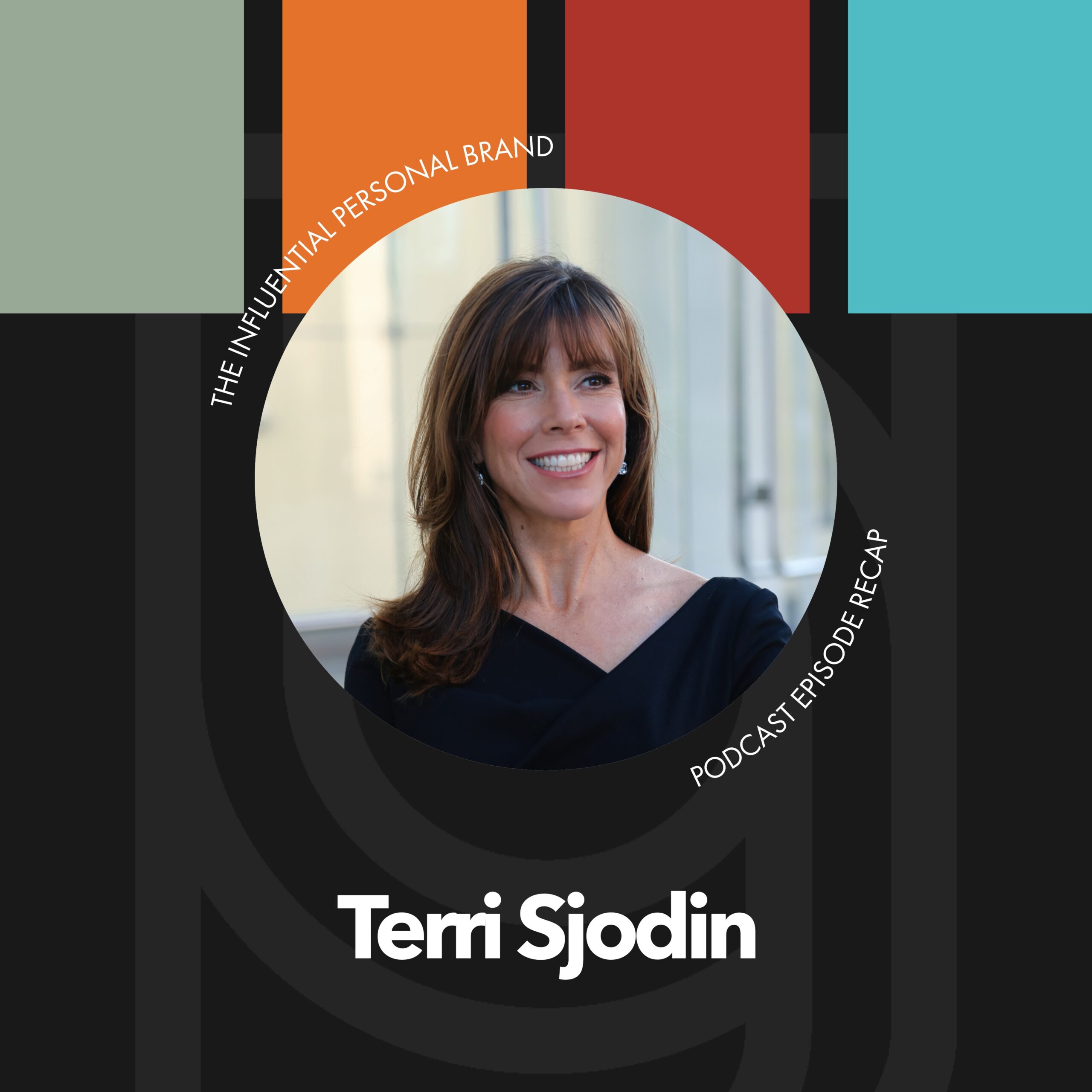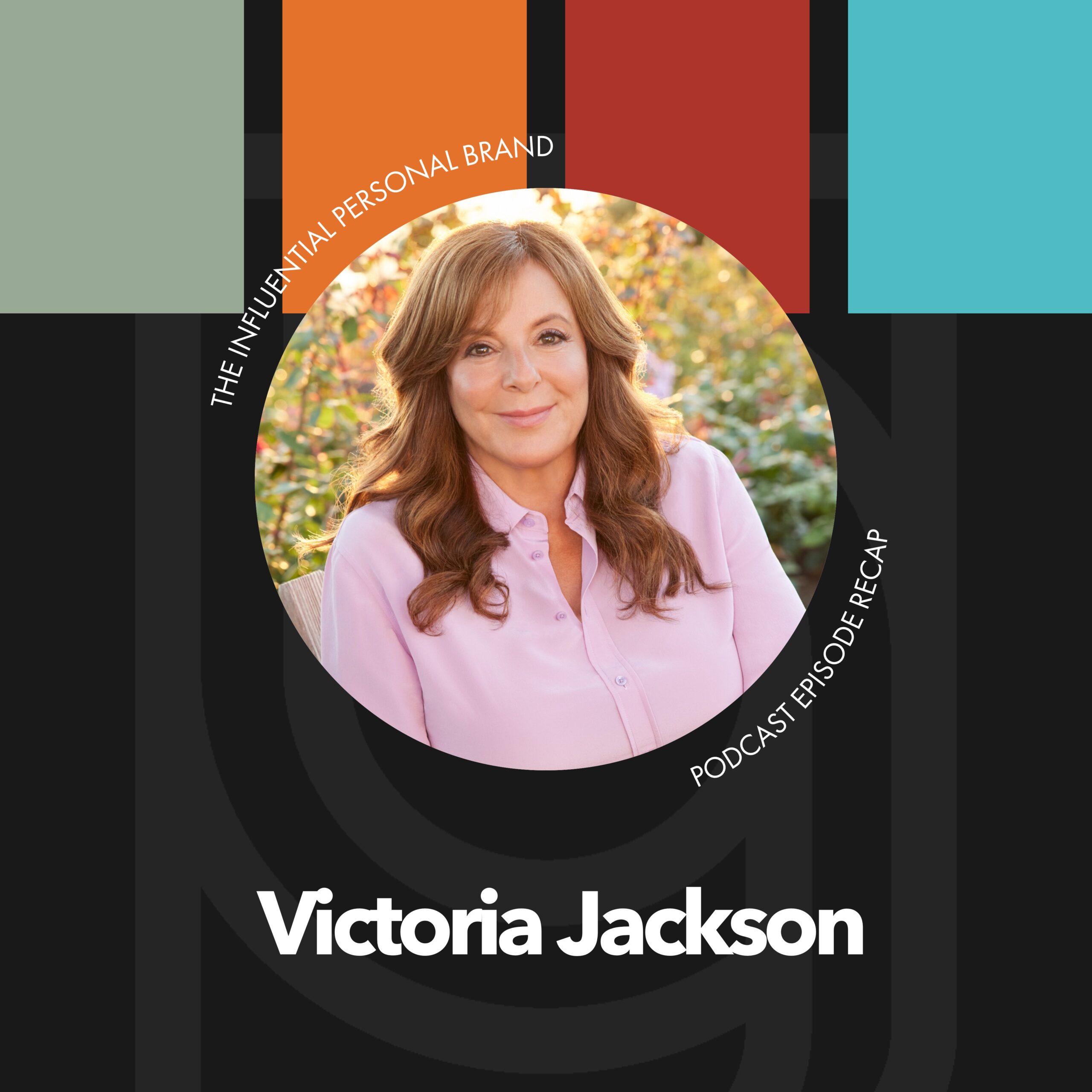AJV (00:02):
Do you want to know how to be better on Instagram? Well, I’ve got three things that are gonna help you do just that, and I’m gonna make this as short and sweet as humanly possible. But I just wrapped up an amazing conversation with a newer friend of mine at Chelsea Peitz, and I had Chelsea on the podcast, the Influential Personal Brand podcast, and we were having this conversation about how many people are like, how to just, whatever I do, it doesn’t seem to be working and Instagram’s not for me, and I keep trying this video content, but it’s, you know, no one is liking it, it’s not getting an engagement. So how do I be better at Instagram? Like, how do I be better on this platform? So here are the three takeaways that I think are really helpful and tactical that will allow you to actually take some movement immediately into actually being better on the platform.
AJV (00:55):
Number one is you have to know how the algorithm works. And it’s very simple. The algorithm rewards you when you spend more time on the platform. Surprise, right? It’s not a secret, but we, we think it’s this mysterious thing that we can’t figure out. And the truth is, now it’s quite simple. They reward you when you spend more time there. And the most time that you can spend there is an engagement, right? So it’s responding to comments, it’s communicating and engaging in the dms that matters. It’s not just the content you post and how many people see it, but it’s how much time are you spending on the platform and how much time are you engaging others on the platform? Because if you’re engaging with others on the platform, then you’re both spending time here. So if you’re doing that with lots and lots and lots of people, then you’re bringing more and more people back to the platform, and it’s gonna reward you for that then, because it knows that you’re spending time there and you’re bringing other people there.
AJV (01:56):
So it’s not just about posting content, it’s not just about great content. Those are prerequisites. It’s not just about consistency. Those are expectations. Now, now it’s rewarding. It’s like, well, how much time are you spending? Right? This, these are businesses, you know, like Meta is a business, a very successful high revenue business. So they’re in the business of making money. And when you spend time on there, ad revenues go up and more money comes in. So that is it, it’s simple. That doesn’t mean we have to like it, but it’s more time on the platform is how the algorithm works. So spend more time in engagement and comments and dms. And the other parts are prerequisites. You have to be posting consistently. It has to be good content, it has to be searchable and findable. Those are prerequisites. Now it’s how do we go from here?
AJV (02:47):
And it’s more time on the platform. And what I love what Chelsea said, she said, the most important conversation is the communication that you’re having on the platform. So that’s the first thing. Second thing is don’t forget that there are some things, tactical things that you can do to become more findable and more searchable. So don’t forget that Instagram, like all other social media platforms, is a search engine just like Google, just like YouTube it’s a search engine. People are going there, searching for things, entertainment, education relationships, engagement, whatever. But there, it’s a search engine. So you have to be findable, you have to be searchable. And there are two searchable fields on your profile that allow you to be more findable. One is your handle, right? So it can’t be, you know, jogger 1, 2, 3, underscore 2023. It can’t be it, right?
AJV (03:48):
You have to be findable. So as much as usually humanly possible, use your name, right? Mine is AJ Vaden. So it’s like, get as close to your name as humanly possible. But that’s what people are finding. It’s like I type in people I meet all the time and they’re like, oh yeah, just find me on Instagram. And I assume, oh, it must be your name since you said, go find me on Instagram. When it turns out, it’s like, no, it’s, you know, I can’t even think of one right now, but it’s like, you know you know, sassy Saysso. And I’m like, well, who, who the heck is sassy? I dunno who that is. So you gotta be findable, right? So that’s the first place. And then the second is where your name goes, right? So it’s your profile and then it’s your username, right?
AJV (04:35):
So it’s like your handle. And then it’s like, what is the actual name? So like where that is if you’ve got the blue chip, then you’ve got to, you also have something that’s legally identifiable on your license. So my legal name, , I don’t know if you knew this is not aj, it’s Amanda. So I had to come in there and put in a little bit more information. So it’s Amanda Johns Vaden Little Space Brand Builders Group, because it’s different than my handle, which is AJ Vaden, which is what I’ve gone by since age 10, but it’s not my legal name. So I’ve got my legal name, Amanda Johns, and then Brand Builders Group, because that’s what I wanna be associated with. That’s why I wanna be identified with, if people are searching for Brand Builders group or aj or in this case Amanda, which no one is doing that, but I want everything to be fined and coalesced together.
AJV (05:23):
So those are the two fields that are searchable. And then the rest of the information in that profile section is helpful, but it’s not searchable, right? So once somebody finds me or finds brand Builders group then it’s like, is this someone I want to follow someone I wanna look at their content, someone I wanna engage with? And I make it very clear like, this is what you’re gonna get from me, and here’s my call to action of how to engage with me off the platform. Those are all really helpful things. ’cause We’re not trying to build our audiences just on social media, right? Social media to us that it’s an advertising vehicle. But what you really wanna do is you want to move this relationship off of social media and into your email list or to a blog subscriber or a podcast subscriber.
AJV (06:10):
But we’re not trying to only access this relationship on the social media platform. We also want to have them on our platform so that relationship can be more intentional, more meaningful, more direct, right? So you gotta have your handle, then it’s like what you choose to put in that username category. So, you know, it could be what you do. In my case, it’s the name of the company. And then underneath that, it’s like, what’s gonna appeal to the audience I’m serving? And then what’s the call to action to engage with me off of this platform? So your profile section is actually really helpful and mostly it’s helpful in making you searchable. So make sure you capitalize that space as much as humanly possible. And then last but not last the importance of video content. Not everyone is gonna love that we’re talking about this yet again but video is favored and preferred on all platforms, not just Instagram.
AJV (07:05):
And so this is something that we do have to learn and we do have to be better at if we want to have this component of, you know, social media. If we want social media to be a component of our lead generation, customer acquisition, employee retention, customer retention. But this is marketing, this is awareness. This is the game that we’re in. This is how we reach people today, and we do it with valuable content. We do it with relationship and engagement. And those things can happen at scale all across the world. It’s not a bad thing. To have this opportunity and access, we just have to know how to use it in the right way. So a couple of quick tips for creating video content. Short and sweet. Save the best for first. You don’t need to introduce yourself at the beginning of every video.
AJV (07:53):
People know who you are for the most part, they’re following you if they’re engaging with you. That can be found in the captions below, that can be found later out later on. But they need to know, what am I gonna get from this short video, right? So we need to start with the best content we have. And so we need to lead with, you know, wanna know how building a personal brand’s gonna double your income in the next 12 months. I bet you do then go into the content, but you want to start with a little bit of that marketing pitch. It’s like, yeah, it’s like, I believe that you’re building your personal brand can double your income in the next 12 months, and I’m gonna tell you three ways we can do that, right? Or maybe you’re in the dental business and you’re going, Hey, do you still have metal crowns in your teeth?
AJV (08:39):
Wanna know why those are linked to X, Y, and Z? It’s like, yeah, I do. If I have metal in my teeth, I wanna know that. So it’s like, start with those headline statements. It’s always helpful to start with a question or a provocative statement, a fact, a statistic. But you wanna start with something that’s gonna catch someone’s attention. This is where that catchy marketing lingo is really helpful in your favor, but you wanna give people what they’re gonna get right up front, and you wanna save the best for first. Then you wanna make it short and sweet, then you wanna tell people, if you wanna learn more, here’s where you go. Right? That’s where you continue the relationship, continue the engagement. Other quick things, and these came from Chelsea. I thought these were so helpful in our conversation, .
AJV (09:22):
And if you’re watching this then you can see what I’m doing. If not, I’m gonna explain it. But don’t forget that if you’re like using your camera to film, it’s like you can just move your arm and get different angles, right? So it’s, I can start here and then here and then here, and then here, and then here. And it’s like all of a sudden you’ve got a multi camera angle shoot by just using your iPhone. But movement matters. It catches the attention, it breaks things up. If it’s just my little head in a tiny little box and there’s no movement happening the whole time just like this. We, we kind of get distracted kind of easy. Like we, we don’t have high attention spans today. And so we’ve gotta keep it engaging. That’s why it needs to be short, and there’s gotta be some interaction.
AJV (10:06):
Also if it’s your tiny head in a box, you can’t use your hands like I’m doing right now, which also really helps with the engagement factor. You can see when I’m getting excited or when I’m slowing things down those things matter. The other thing is that you’ve got to have captions that everyone listens to everything on audio they read. So having the captions makes a big difference, not just because you have some people in your audience who are hard of hearing, but because many people are walking through the airport or sitting in their cubicle at work and they’re not supposed to be maybe listening to things aloud, but they can be reading, they can be scrolling. And so it’s paying attention to the multifaceted ways of going. Like, we need movement, we need sound but we also need the words.
AJV (10:48):
And that’s easy. It’s all built into the platform that allows you to do that. Now, last but not least, this is the last thing. It’s don’t forget that you don’t have to create every single ev every single piece of content that you make. Now, original content matters a lot because it’s your story and everything else has already been said except for your story. So tell your story. No one else has your unique personal experiences, life stories only you do. So tell the thing that no one else can give the ideas and the examples, the only you can because they’re yours. But that’s not the only thing that you have to create content about. And you can vary it up so it doesn’t feel so overwhelming, like, oh, I have to come up with this brand new stuff every day or every week. No, you don’t. You can come up with it as it feels good and original to you, but don’t forget, every single day you get asked a certain amount of questions that you know the answers to. Could you share that content in a video? Don’t forget, every single day you ask questions
AJV (11:52):
That you need answers to once you get ’em. Could that be a piece of content you share with your audience every single day? You go places you see people, you have experiences, you encounter interesting or weird moments. Can other people relate to those? Does that create the human element that you need? Does that create relational value where somebody else can go, huh, me too. That happened to me today too. Like, I’m so glad I’m not the only one. Or I can’t believe this had happened to somebody else before. I thought I was the only one. Right? And it happens at both levels. And so don’t forget, you don’t have to create every single piece of content based on your original content, although that’s helpful and important and valuable, but there’s also everyday moments that we all experience all around us that allow you to create that human relationship online where someone else can go.
AJV (12:48):
Me too, me too. So if you wanna be better at Instagram it doesn’t take, it’s not rocket science, right? It doesn’t take a neurosurgeon to figure this out. But it does take some time and effort and intention if you want to do it. And it’s not for everyone. So don’t feel like you have to. And I think that’s a big takeaway. It’s like, if this is not the platform of choice for you because your audience doesn’t live there, skip pass, go move on. Don’t worry about it. These, there is no like rule of like, this is what you have to do to be successful. You do not have to have millions of followers to have a, a massive impact on lives that you are touching. You do not have to have viral videos to make a difference. You, you don’t just focus on the one, focus on engaging and building relationships just like you do offline, right? It takes time and work to build relationships in, in real life in person. It takes the same amount of work online. So don’t forget that time matters and it takes time to make this work. So there you have it. Here’s how to be better at Instagram with three quick tips that you can start doing today. See, you.

